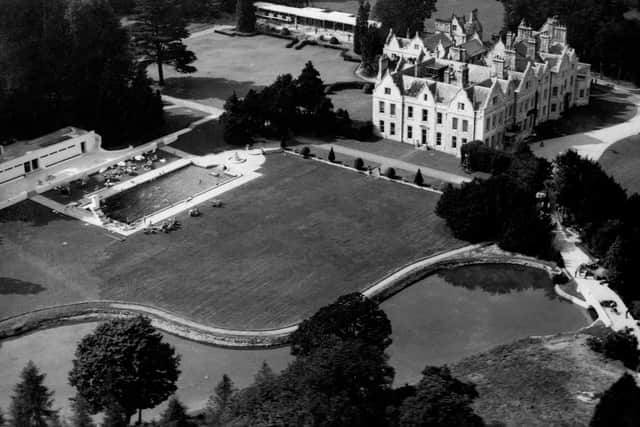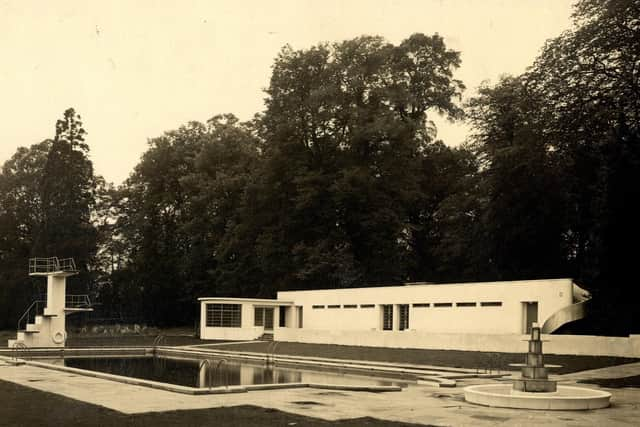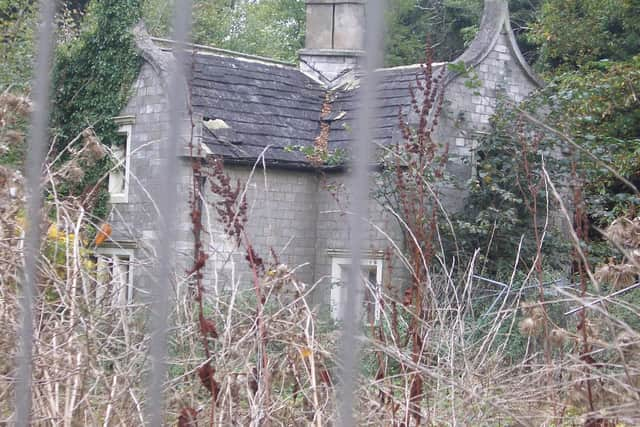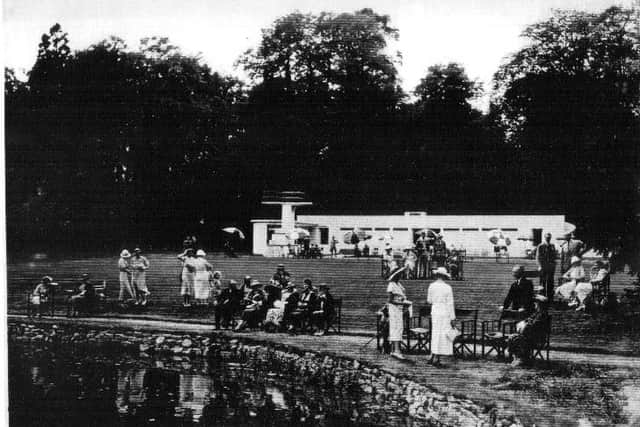The Yorkshire stately home that became Britain's most glamorous party house


Firbeck Hall is a 16th-century house near Rotherham that became an ultra-fashionable country club patronised by models, celebrities and even royalty during the 1930s. It was the Gleneagles of its age, and for its rich clientele, it was a secluded playground more akin to the French Riviera.
Yet its golden age lasted for just five years, and for decades it was empty, desolate and a magnet for macabre trespassers who mistakenly believe that it was once a lunatic asylum.
Advertisement
Hide AdAdvertisement
Hide AdFirbeck was built in 1594 and its ownership was passed down several well-connected aristocratic families. It was rented out in the period before World War One - a Sheffield steel magnate was one tenant - and was used as a billet for Belgian refugees during the conflict.


A country escape for the rich and famous
In 1934, it was sold to Cyril Nicholson, a Sheffield stockbroker who owned the city's Grand Hotel. He decided to renovate the mansion and open it as a country club that he believed was the most opulent in Europe, despite it being just miles from industrial heartlands. His £80,000 Art Deco-inspired restoration incorporated a mirror-walled ballroom, a heated outdoor swimming pool, an 18-hole golf course, tennis and squash courts, tea terraces, a restaurant with a chef recruited from London's West End, a cocktail bar and even an aerodrome.
Vogue models posed by the pool and the venue became a byword for decadence, glamour and promiscuity.


Advertisement
Hide AdAdvertisement
Hide AdThe airstrip was what catapulted the club into the consciousness of the A-list celebrities of the era, with Nicholson cleverly harnessing the pioneering advances in aviation to put the club on the map with the adventure-loving fast set. Pilot and socialite Captain Tom Campbell Black was instrumental in raising awareness of the country club in London circles, and both the Prince of Wales - the future King Edward VIII - and female aviator Amy Johnson landed in the grounds of Firbeck. The Prince took tea on the terrace overlooking the pool.
Share prices were displayed on the wall for the club's wealthy members, and girls would swap the numbers around. Exotic American cocktails were served, blackjack was the most popular card game and late-night pool parties were de rigeur.
Within months, there were 700 members and Vogue even published an entire supplement about the Firbeck Hall Club - it was also to feature in society bible Tatler.


Advertisement
Hide AdAdvertisement
Hide AdThe club's racy reputation was enhanced by a scandal involving a conman who posed as the Earl of Macduff, a Scottish aristocrat. He was arrested at Firbeck after flying into the aerodrome from Scotland, only to be seen by someone who knew the real Earl and recognised him as an imposter.
War brings the curtain down
The party ended when war began again, and the hall was requisitioned for use as a hospital and RAF airfield. It was never to re-open, and the decades of austerity that followed rendered an American-style country club an unacceptable extravagance.
After 1945, it became a convalescent home for injured miners, but by the 1980s, despite being purchased by a construction company, it was unoccupied and in a state of decay.


Advertisement
Hide AdAdvertisement
Hide AdSeveral property developers have since owned Firbeck, and one company managed to restore the West Lodge before selling up again.
A new chapter
Firbeck village resident Julia Colver, whose mother was a member, described the venue in its heyday as 'simply a stunning place' but admits it has gone from 'asset to liability'.
The house's fate has captured the imaginations of those living nearby, who are determined to see it brought back into use.
Supporters have endured plenty of setbacks - a fire in 2009 destroyed much of the roof, and the mansion has been targeted by lead thieves. The increasingly popular pastime of urban exploration has seen trespassers break in to search for evidence of an 'asylum' that never existed.
Advertisement
Hide AdAdvertisement
Hide AdA campaign group, Friends of Firbeck Hall, has grown to include around 500 members, who have been vocal in lobbying the site's various owners to undertake maintenance of the building.
In May 2018 came the news they had been waiting for - a property developer had permission for a conversion scheme granted by Rotherham Council. The hall and stable block are to be turned into apartments, with further housing built in the grounds.
Perhaps the golf course and tennis courts will be reinstated for the benefit of the new residents of Firbeck Hall, and the glamorous ghosts of parties past will frolic in the grounds once again.